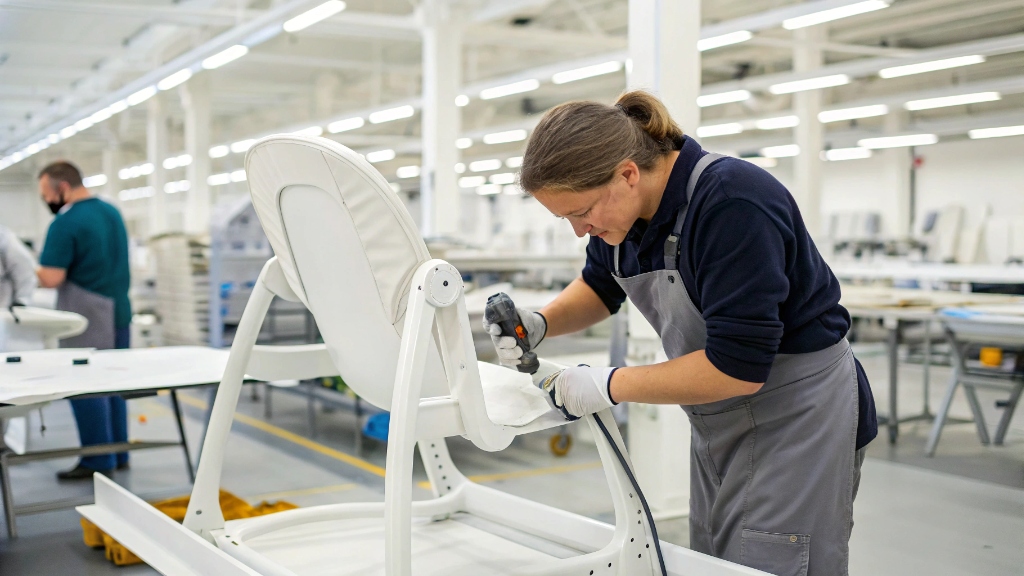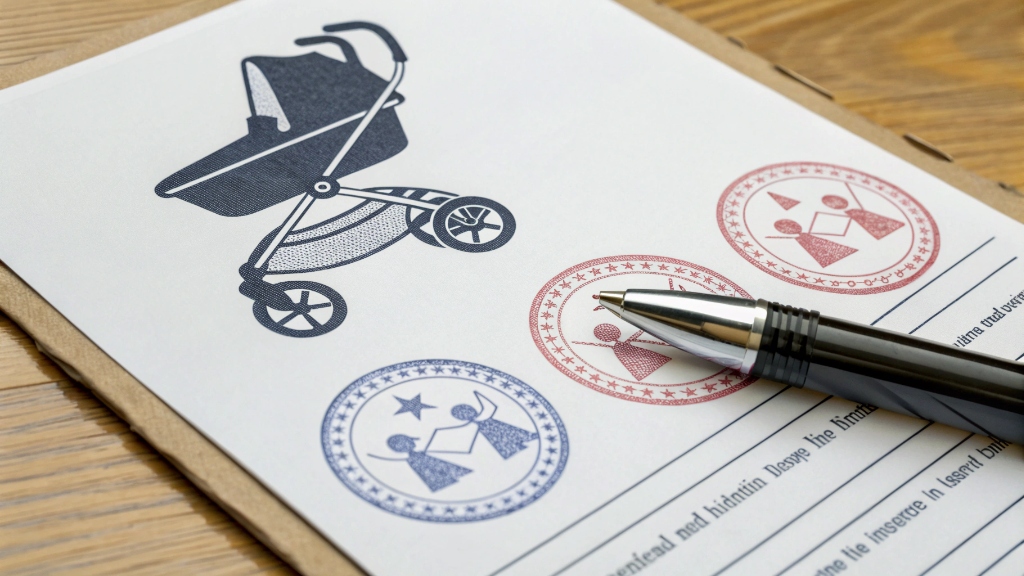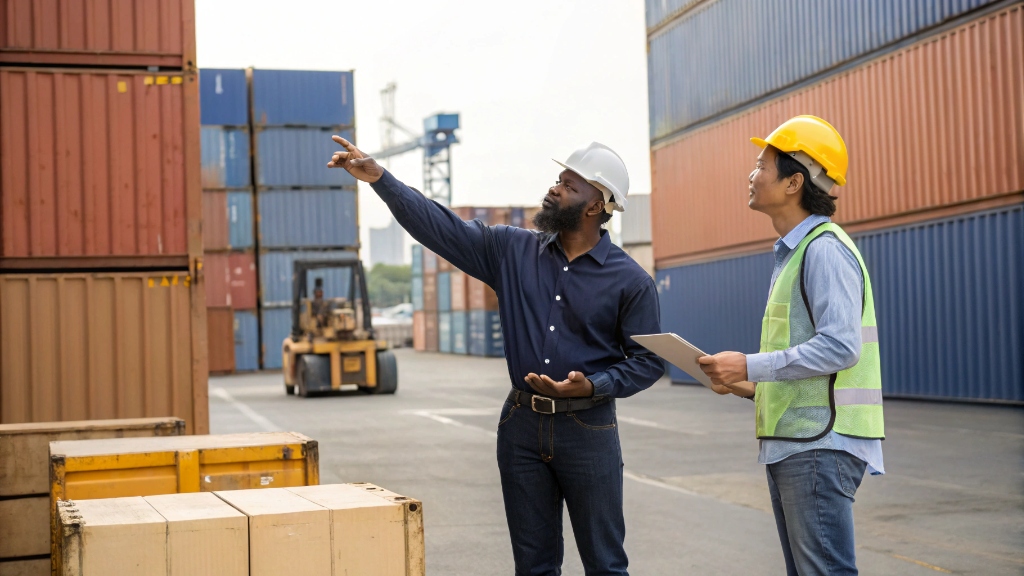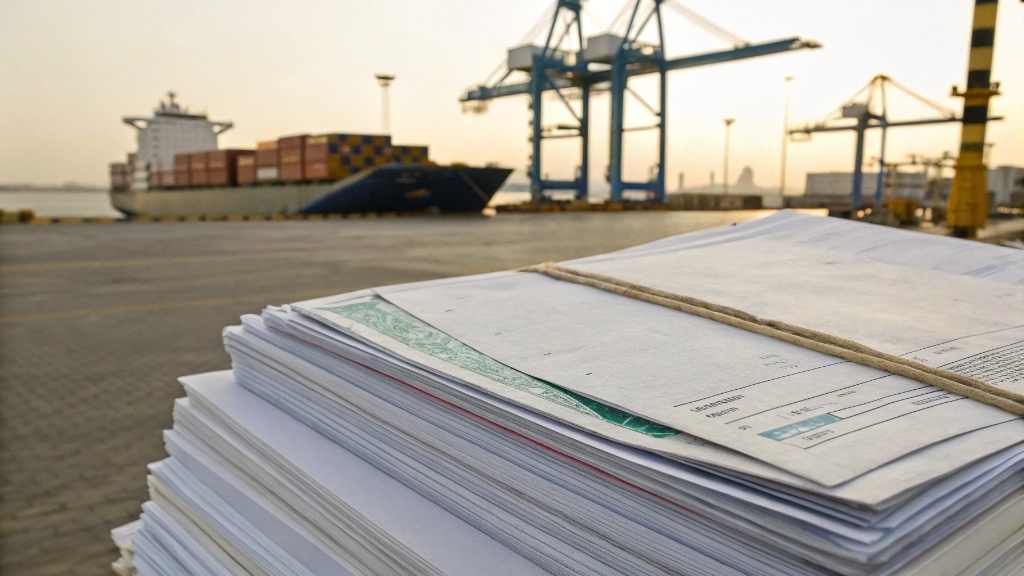Choosing a baby stroller feels like a huge decision. Will you pick the right one? You can avoid buyer’s regret and get the perfect fit!
Selecting a baby stroller requires considering factors like portability, durability, safety features, age appropriateness, storage capacity, and maneuverability. Evaluating your family’s lifestyle and specific travel needs will guide you toward the most functional and safe choice for your little one.
| Factor | What It Means | Advantages (If Good) | Disadvantages (If Lacking) |
|---|---|---|---|
| Portability1 | How easy the stroller is to fold, carry, and store. | Lightweight, quick-folding design, ideal for travel or daily commuting. | Bulky, heavy, difficult to fit in car trunks or carry upstairs. |
| Durability2 | Quality of frame, wheels, and fabric; how long it lasts. | Long lifespan, can be used for multiple children, resists wear and tear. | Weak frame or cheap materials may break easily, not cost-effective in the long run. |
| Safety Features3 | Brakes, harness system, stability, certifications. | Secure harness, reliable brakes, shock absorption, compliance with safety standards. | Risk of tipping, unsafe harness, poor brake system, potential safety hazards. |
| Age Appropriateness | Whether it suits your child’s stage (newborn, toddler, etc.). | Flexible options (car seat compatible, reclining seats), grows with the child. | Not suitable for newborns or older toddlers, requiring multiple purchases. |
| Storage Capacity | Basket size and convenience for carrying baby items. | Large basket, easy access, saves parents from carrying extra bags. | Small/no basket, difficult to store essentials like diapers, bottles, or toys. |
| Maneuverability4 | How easily the stroller moves (wheels, suspension, steering). | Smooth ride, easy to push on different terrains, one-hand steering. | Hard to steer, unstable on uneven ground, requires more effort for parents. |
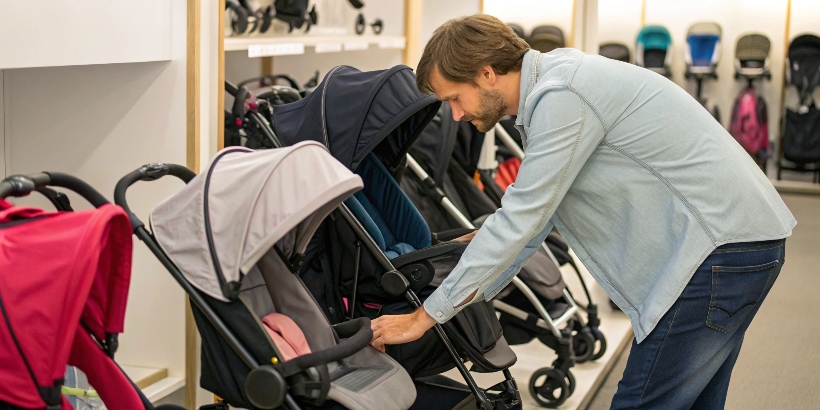
I remember standing in the baby store. So many strollers. Each one promised something different. My head spun. It felt like I needed a degree in stroller engineering. What was truly important? What did I actually need? I learned that it is not about getting the most expensive one. It is about getting the one that fits your life. It is about understanding what each type offers. And it is about making sure it is safe for your child. Let us explore some key points that will help you pick the best one.
Baby Travel Strollers or Baby Carry Belts: Which Is Better?
Deciding between a travel stroller and a baby carrier belt is tough. Which choice offers the most ease for your family? Each has its own strengths.
Choosing between a travel stroller and a baby carrier belt depends on the specific situation: strollers offer convenience for longer outings and carrying gear, while carrier belts provide closeness and mobility in crowded or challenging terrains. Often, using both interchangeably offers the most flexibility for varied travel needs.
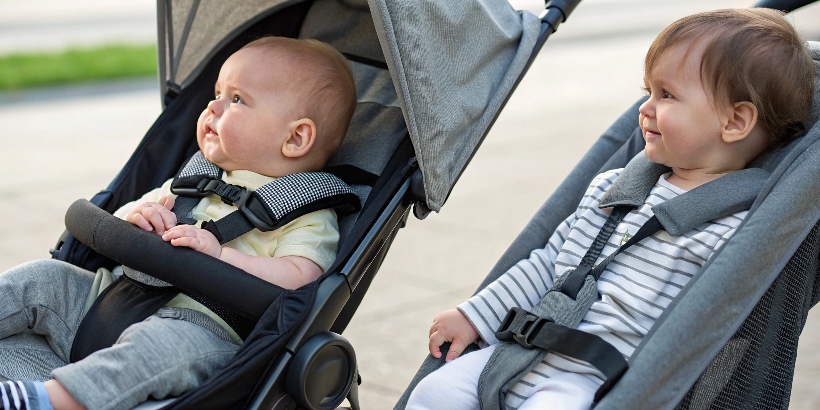
I have two children. When they were little, I often found myself asking this very question. Sometimes, a stroller seemed like a burden. Other times, the carrier belt felt too restrictive. I quickly learned there is no single "better" answer. It is about knowing when to use which. It is about matching the tool to the task. My experiences taught me that flexibility is key. Sometimes, I needed my hands free. Other times, I needed a place for naps. Each option gave me something different. They worked together to make travel easier.
Understanding the Benefits of Each
A baby travel stroller offers several clear benefits. It gives the baby a place to sit or lie down independently. This means they are not always on you. It also provides storage. You can put diaper bags, snacks, and coats underneath or on the handles. This frees up your hands and back. Travel strollers are especially good for longer outings. They are great for situations where the baby might nap or need a break. My suggestion is that, I often take my two children on long trips. I use a foldable stroller for long trips. The little ones can ride and sleep when they are tired. This really makes a difference for comfort on the go.
On the other hand, a baby carry belt, or baby carrier, keeps your baby close to you. This is great for bonding. It is also good for very young infants who need constant contact. Carriers are perfect for crowded places. They are good for uneven terrain. Think hiking trails or cobblestone streets. Places where a stroller would struggle. They keep your baby snug and safe. They also let you move more freely. You can go up stairs easily. You can navigate tight spaces. The choice often comes down to the environment. It also comes down to the length of the outing.
Making the Right Choice for Your Trip
To decide, think about your destination. Consider how long you will be out. Will you be walking a lot? What kind of ground will you be on? For airport travel, a compact travel stroller is often useful. You can gate-check it. It gives you a place for your baby and carry-on items. For city exploring, a carrier can be better if you plan to use public transport or walk through busy streets. For car trips, a foldable stroller is amazing for rest stops. It lets your baby stretch out of their car seat. It gives them a new perspective. It lets you get things done. In reality, many parents find themselves using both. A stroller for longer outings or when more gear is needed. A carrier for quick errands or when closeness is desired. Having both gives you the most options.
| Feature | Baby Travel Stroller | Baby Carry Belt (Carrier) |
|---|---|---|
| Mobility | Good for smooth surfaces, longer distances | Excellent for uneven terrain, stairs, crowds |
| Storage | Ample space for diaper bags, essentials | Limited to parent’s pockets, small bag |
| Comfort (Baby) | Can nap lying down, space to move | Close contact, warmth, heartbeat |
| Comfort (Parent) | Less strain on back, hands-free (when pushing) | Can be tiring for long periods, back strain |
| Portability | Folds, but still takes up space | Compact, worn on body, easy to pack |
| Use Case | Shopping, long walks, travel, rest stops | Quick errands, public transport, hiking |
Can Toddlers Go in Pet Strollers?
You might see pet strollers and wonder if they could work for a toddler. Is it safe or even acceptable? The answer is clear: no.
Toddlers cannot safely go in pet strollers because pet strollers are not designed to meet human safety standards for children. They lack crucial features like proper harness systems, child-safe materials, and structural integrity for a child’s weight and movements, posing significant risks of injury.
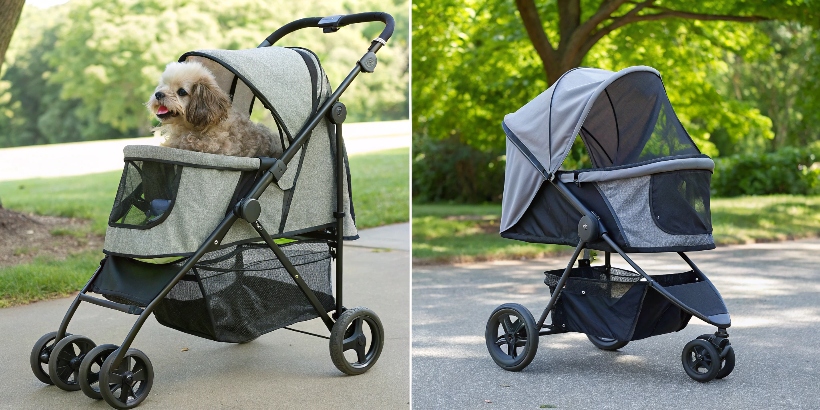
I have two children. I love my kids very much. I would never put them in danger. I have also seen some creative solutions parents try. But some things are just not made for children. Pet strollers are a good example. They look like small strollers. They might seem similar. But they are made for animals. They are not made for human babies or toddlers. It is a critical difference. This is not about convenience. It is about safety. And safety is always the number one rule when it comes to our children.
Design Differences and Safety Standards
The biggest reason toddlers cannot go in pet strollers is safety. Human strollers must meet strict safety standards. These standards cover many things. They ensure the frame is strong enough. They require specific harness systems. They check for pinch points. They test materials for toxins. Pet strollers do not have to meet these same rules. They are made for animals, not for children. For example, the harness in a pet stroller is often a simple strap or hook. It is designed to keep an animal from jumping out. It is not designed to safely secure a wriggling toddler. It will not protect a child in a fall or sudden stop. Pet strollers may also use materials or paints that are not safe for children to touch or mouth.
Furthermore, the design of pet strollers is different. They might not have adequate ventilation. They might not have proper head support. The wheels might not be as durable for human weight. They might lack proper brakes. The overall stability might be poor for a child’s movements. A child’s weight distribution is also different from a pet’s. This affects the balance of the stroller. My suggestion is that, I often take my two children on long trips, and use a foldable stroller. These are designed specifically for children. They come with accessories like a mom bag, a cup holder, and a mosquito net. These accessories are all child-safe and practical. They are made to support a child’s needs. Pet strollers simply do not offer this level of security or child-focused design.
Why Stick to Human Strollers
It is always best to use equipment designed for children. This means baby strollers for babies and toddlers. If you need a stroller for a toddler, look for models made for their age and weight. There are many options. There are lightweight umbrella strollers for quick trips. There are more robust strollers for everyday use. Some even have a higher weight capacity for older toddlers. If your toddler gets tired, a stroller designed for humans will provide proper support. It will keep them safe and comfortable. It will have a secure harness system. It will have a sturdy frame. And it will be made of child-safe materials. Using the right tool for the job ensures your child’s well-being. It avoids potential injuries. It also gives you peace of mind.
| Feature | Human Baby Stroller | Pet Stroller |
|---|---|---|
| Safety Standards | Strict regulations (e.g., ASTM, JPMA) | No specific human child safety regulations |
| Harness System | Multi-point, secure for child’s body | Simple leash clip or basic strap |
| Materials | Non-toxic, child-safe, tested for durability | Not tested for human child exposure or chewing |
| Structure/Stability | Designed for child’s weight, movement, posture | Designed for animal’s weight, movement |
| Ventilation | Often open, breathable for child | May be enclosed, designed for pet comfort |
| Purpose | Transporting children safely and comfortably | Transporting pets conveniently |
Conclusion
Choosing the right stroller is crucial for your family’s travel. Focus on safety, convenience, and matching your lifestyle.
-
Explore this link to find top-rated lightweight strollers that make travel and daily commuting a breeze. ↩
-
Check out this resource for insights on selecting strollers made from high-quality materials for long-term use. ↩
-
Learn about essential safety features to ensure your baby’s security while using a stroller. ↩
-
Discover strollers designed for easy handling and smooth rides on various terrains. ↩


